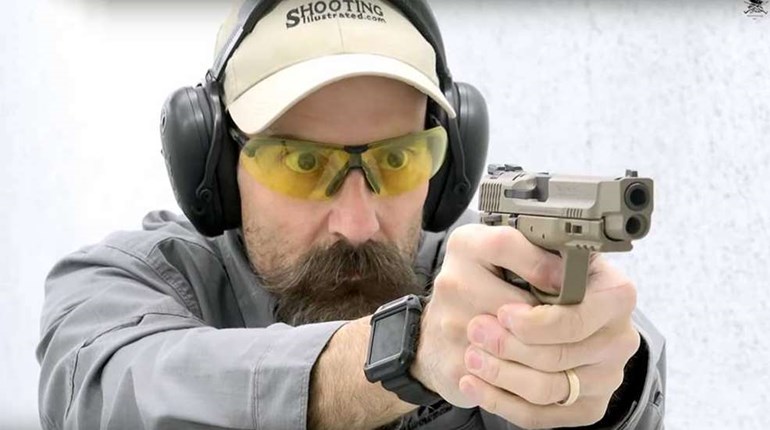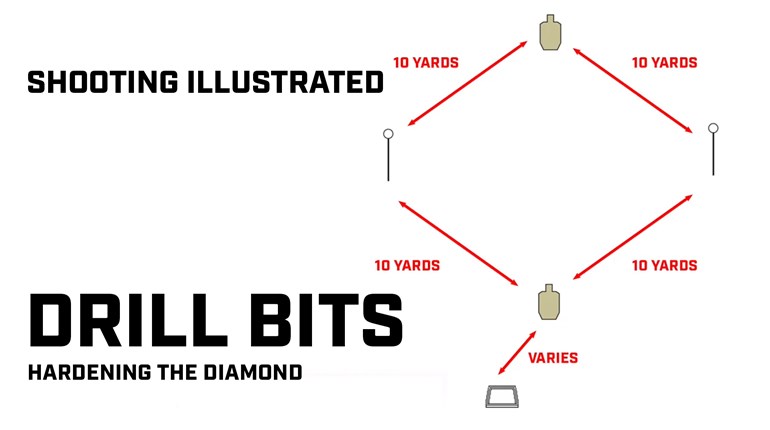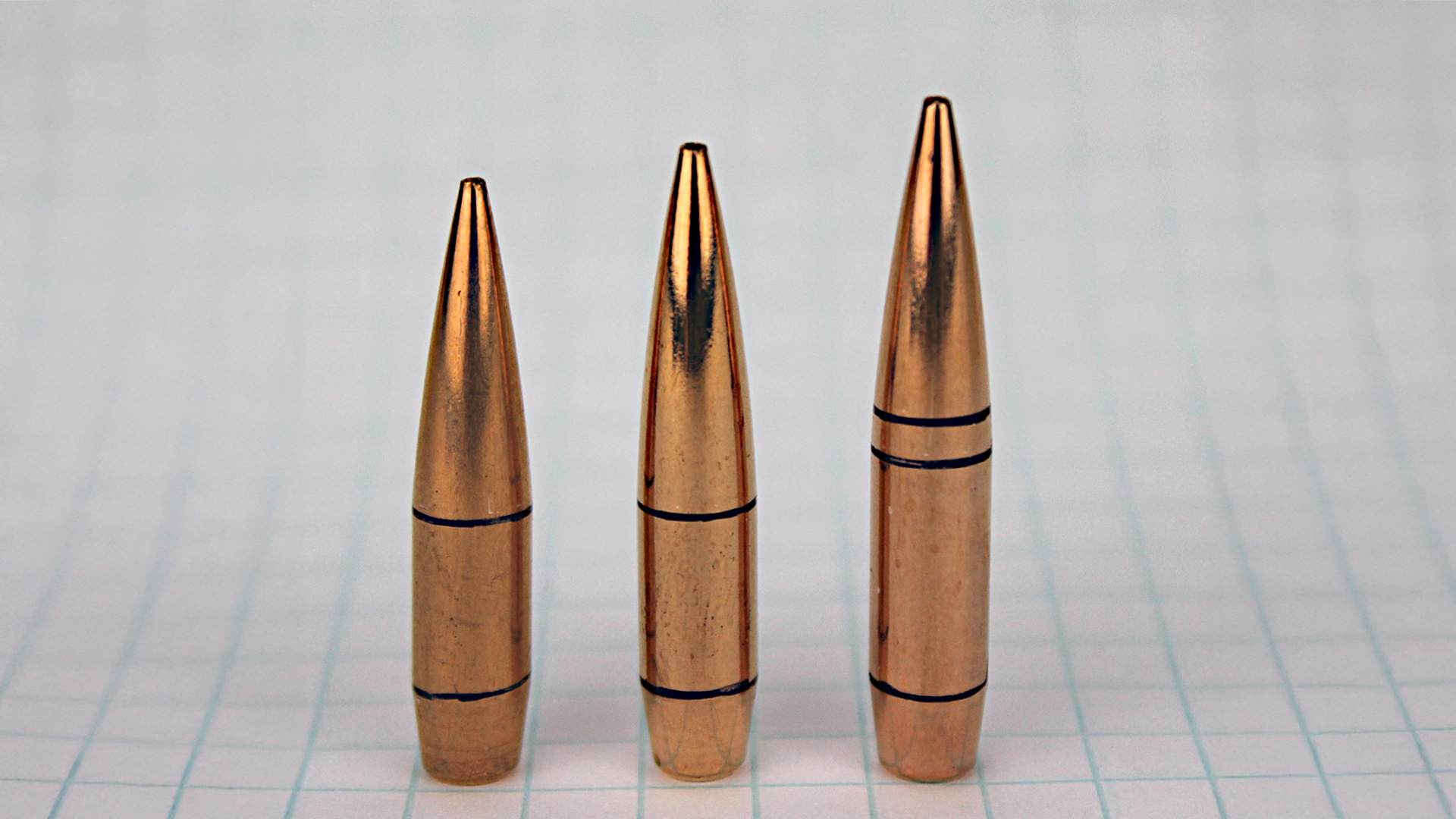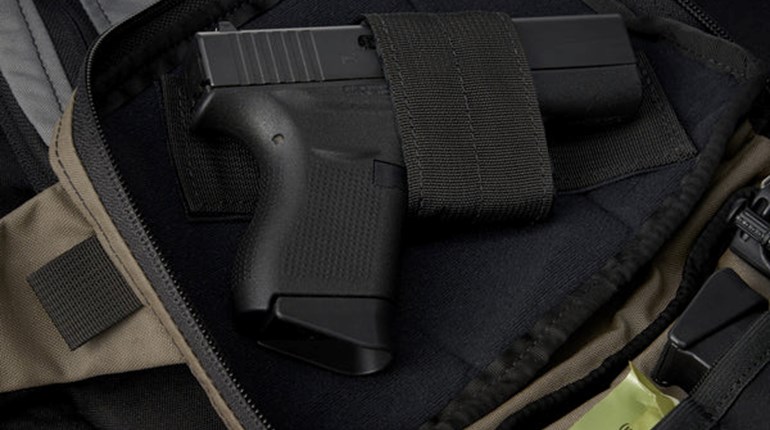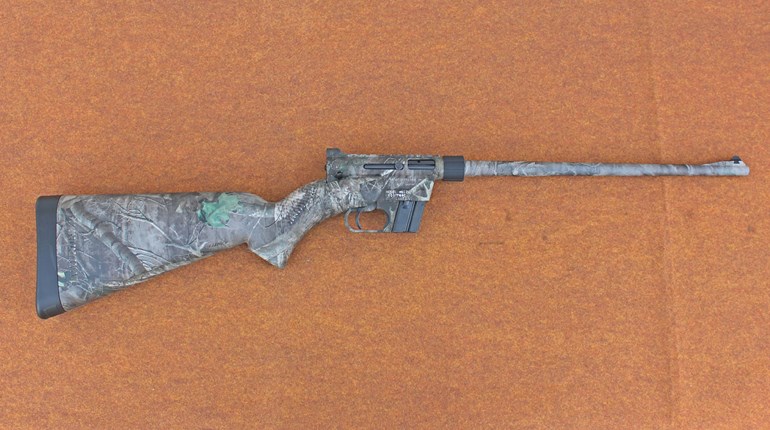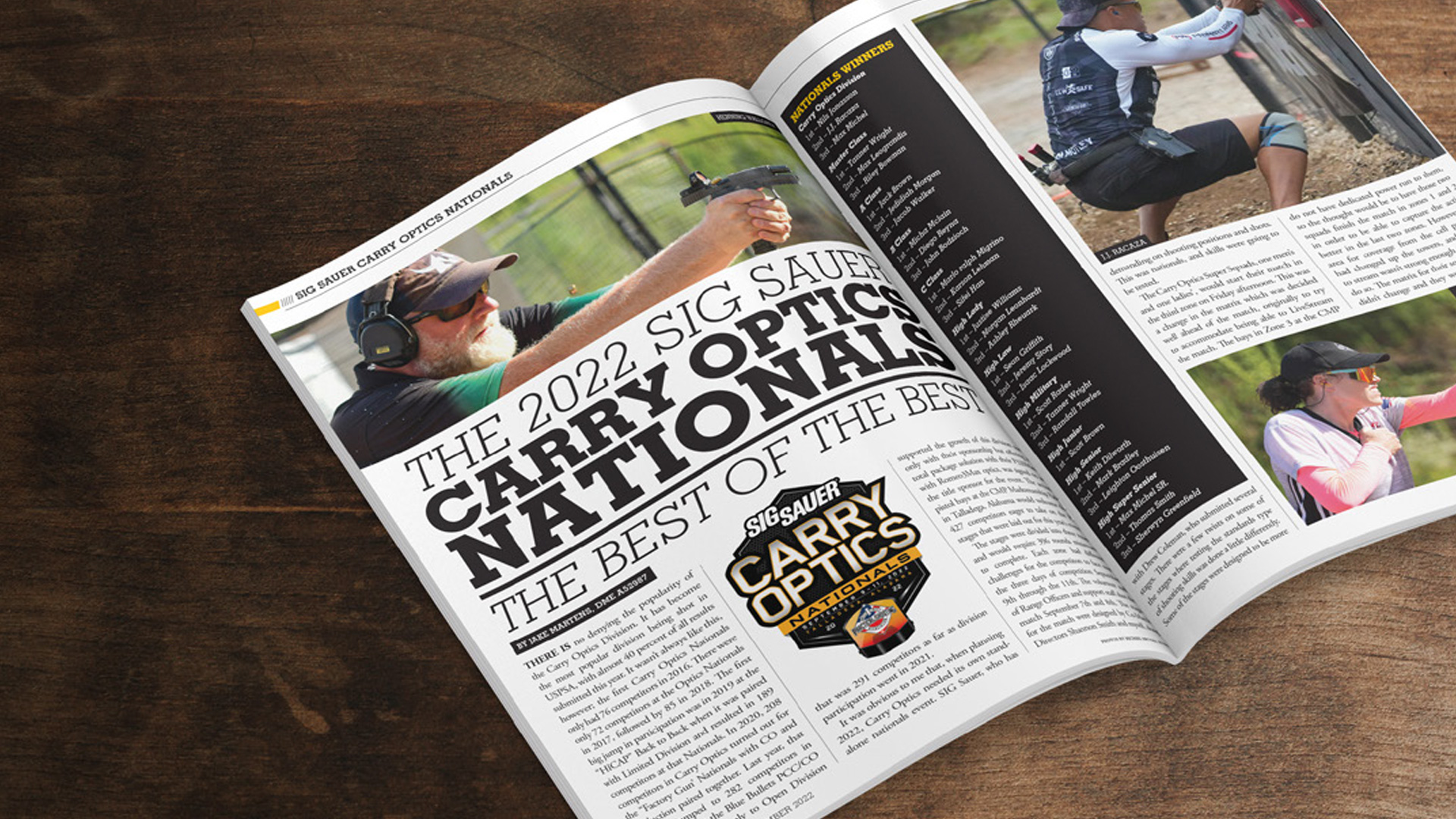
While this article is geared towards USPSA and Steel Challenge competition, the tips presented here about writing a good match article apply to all shooting disciplines—Ed.
For those of you who have read this or something very similar in the past few years, consider this a refresher. For those who are new to writing major match articles, I am hoping you will read it and give it some serious consideration—because we need you.
As winter finally gives way to spring and everyone is gearing up for a new shooting season, many USPSA members are looking forward to competing beyond the local matches, whether for the first, the 20th or even the 50th time. Let’s face it, it never gets old, and whether it’s the competition or the camaraderie, it’s always fun. However, beyond the competitors, there is a multitude of members who, while they are unable to compete in a higher-level match, really want to hear all about it, and maybe plan for next year. That’s where the writer comes in.
USPSA members are the ones who drive the organization. You are the eyes and ears for those who want to hear more about any and all aspects of practical shooting, and that goes double for major matches. You want to whet their appetites, and make them wish they had been there.
PLAN AHEAD
While many articles can be written off-the-cuff in a few hours or so, this is where a bit of advanced planning can pay real dividends. Start by reading the articles about recent major matches—area matches and USPSA Nationals, charity matches and different outreach eventsand about the people who have supported these matches and driven USPSA and SCSA to new heights. Which articles held your interest? Which ones were ho-hum? Why? Which ones could you write better?
Another bit of critical reading is the Contributor Guidelines, written specifically for USPSA authors. (These have been under review, so they may not be available at the moment; otherwise, you’ll find them on the USPSA website under “Media & Info”. Just click on Writers’ Guidelines to either read them online or download a copy to study.)
Just to refresh your memory, here are several of the most important points for you to remember when starting your article:
1. Most articles will run between 800 and 2,000 words. Longer items, especially articles about major matches, such as Sectionals or Area championships, will be accepted at the editor’s discretion and may be edited for length.
2. Photos, as always, must be high resolution; we can’t use screen shots from videos or downloads from social media. They must be submitted separately, not embedded in the text.
3. Label everything and everybody. That includes your name and USPSA number at the top of the article, ditto for your photographer, and doubleditto for your photo captions. Please be sure to identify the who and what in each photo, and be sure all names are spelled correctly.
4. For all major matches, you must include a list of the winners, according to Appendix A2 of the current USPSA rule book.
As you are planning, see if there is any information about the match online, such as maps to the venue or of the range, schematics of the courses of fire, history of the match and, most importantly, contact information. Be sure to check with the Match Director ahead of time to see if anyone else has been asked, or has volunteered, to cover the match; if so, you may want to choose another aspect of the match, such as a special competitor or team, or write a personality piece on the Match Director or Range Master or tell the readers how the match came to life, from the initial plan to match day. If you decide on a personality piece, check with your subject(s) to be sure they are amenable to being interviewed or shadowed—and if they are competitors, be absolutely sure you don’t distract them. A distracted competitor is not a happy camper.
While you are planning your article, remember to check your facts before you submit the article, not after it’s gone to press. With a personality piece, check your facts with your subject and be sure your quotes are accurate; as a courtesy, you should send the person a copy of the article for their approval before you send it to us. Most importantly, check that names—both personal and/or company—are spelled correctly.
As you write, remember you need to keep the reader’s interest. Don’t let your article fall into the ho-hummery of who-what-when-where, first they did this, then they did that, then they did the other, ad nauseum. You want to give the reader the sense of excitement, anticipation and a real wish-I-was-there feeling. Pick two or three of either the most exciting—or the most frustrating—courses of fire to describe in detail, and the reaction from the shooters. Make the match come alive for the readers.
Before I go, there are a couple of things that are really important, that are a must—and that, disappointingly, are not always found in the major match articles. One (which I’ve already discussed) is including the list of match winners—the other is thanking the match sponsors. Everyone likes to see their name, or their company’s name, in print, and I believe that recognition, whether personal or corporate, is important for two reasons—one, so members can be congratulated for their achievements, and two, so sponsors can be recognized and supported as a valued part of USPSA and SCSA. You’d be surprised at how far a simple “thank you for your support” can go.
And so I thank you for your support of the shooting sports—sports that have brought joy, purpose and fulfillment to thousands; for the comradeship, sportsmanship and fair play found in USPSA and SCSA competitions; and for the many friends I have made over the years. Be good to each other, and may 2023 be fully loaded with happy days and all A's.
Article from the May/June 2023 issue of USPSA’s magazine.















